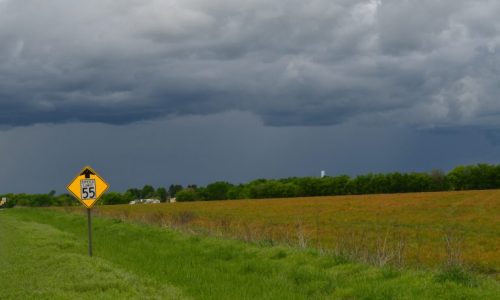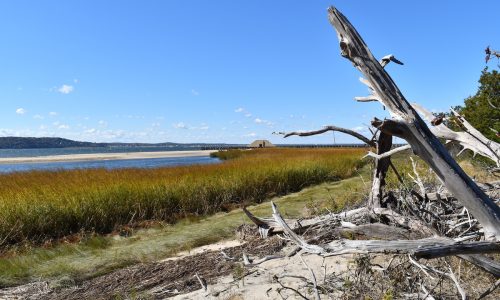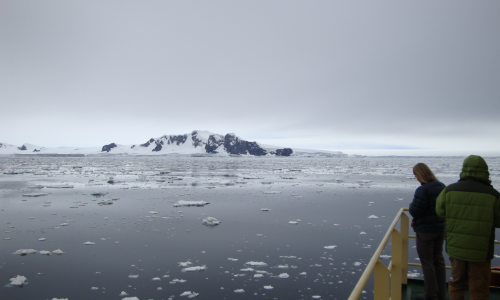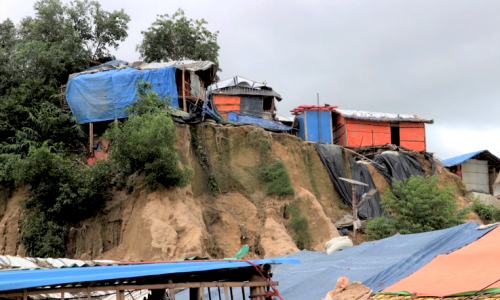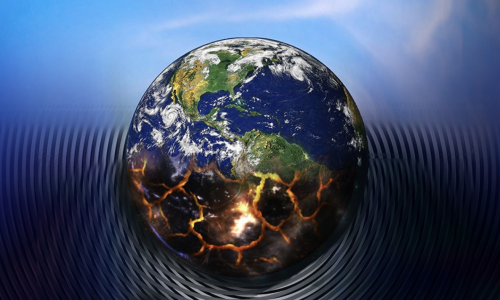December 9, 2019
Newly Identified Jet-Stream Pattern Could Imperil Global Food Supplies, Says Study
Scientists have identified systematic meanders in the northern jet stream that cause simultaneous crop-damaging heat waves in widely separated regions—a previously unknown threat to global food production that could worsen with warming.
December 3, 2019
Within Sight of New York City, an Old-Growth Forest Faces Storms and Sea Level Rise
On a peninsula within sight of New York City, researchers are studying trees dating as far back as the early 1800s. Rising seas and more powerful storms, both fueled by climate change, could eventually spell their end.
November 27, 2019
An Inlet By Any Other Name: Lamont Scientist Honored with Antarctic Namesake
A small bay in Antarctica has been named after biological oceanographer Hugh Ducklow from Columbia University’s Lamont-Doherty Earth Observatory.
November 22, 2019
Assessing Landslide Risk in Rohingya Refugee Camps
NASA and Columbia University’s International Research Institute for Climate and Society partner with humanitarian organizations to provide near real-time data on land use, rainfall, and elevation.
November 15, 2019
Recap: How Should Columbia Drive Climate Change Innovation?
As the climate crisis mounts, Columbia has turned to its students for ideas and partnership in addressing one of the most critical global challenges of our times.

